Introducción al aprendizaje profundo con PyTorch
Introducción al aprendizaje profundo con PyTorch

Jasmin Ludolf
Senior Data Science Content Developer, DataCamp
¡El aprendizaje profundo está en todas partes!

¡El aprendizaje profundo está en todas partes!

¡El aprendizaje profundo está en todas partes!
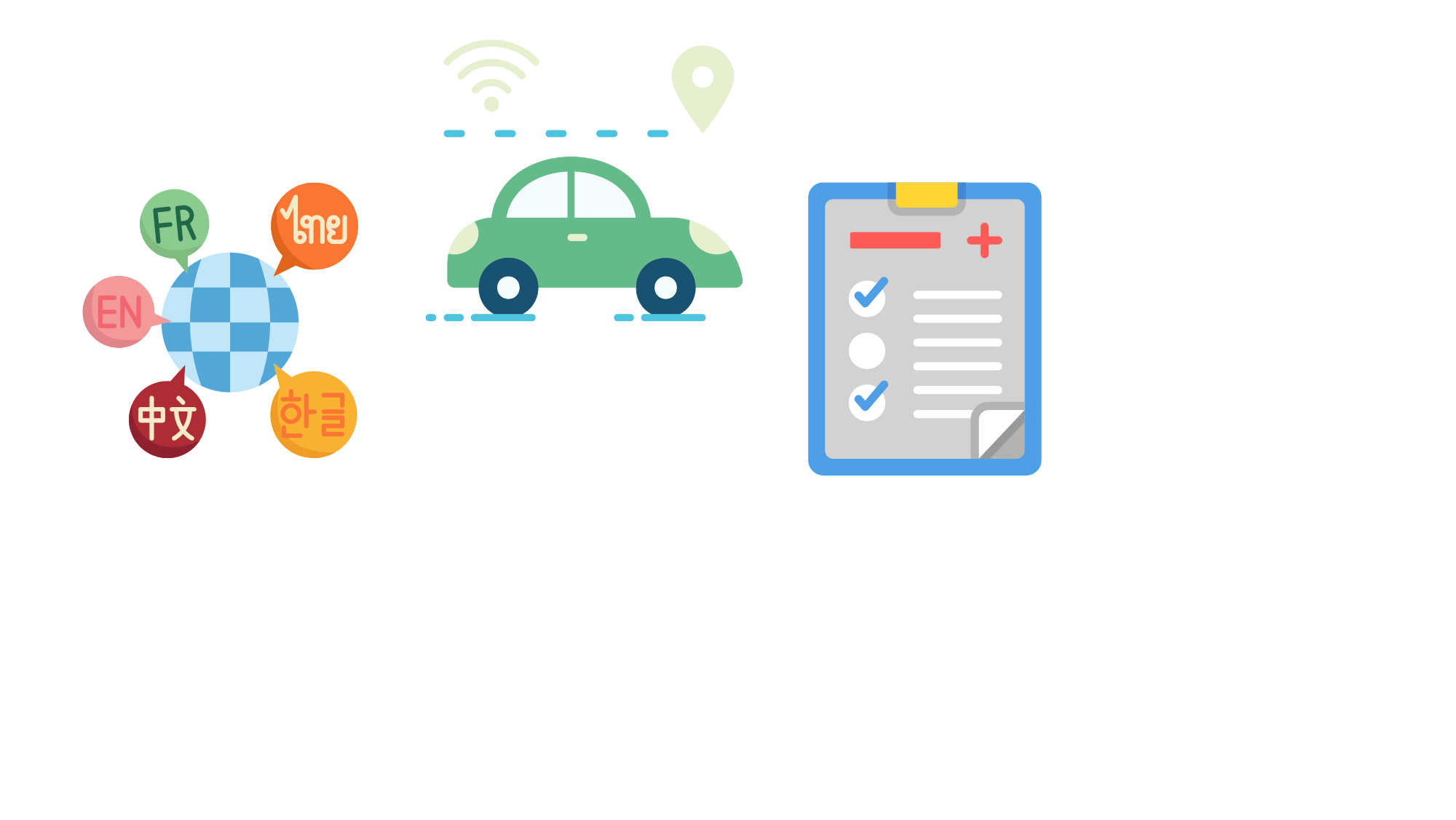
¡El aprendizaje profundo está en todas partes!
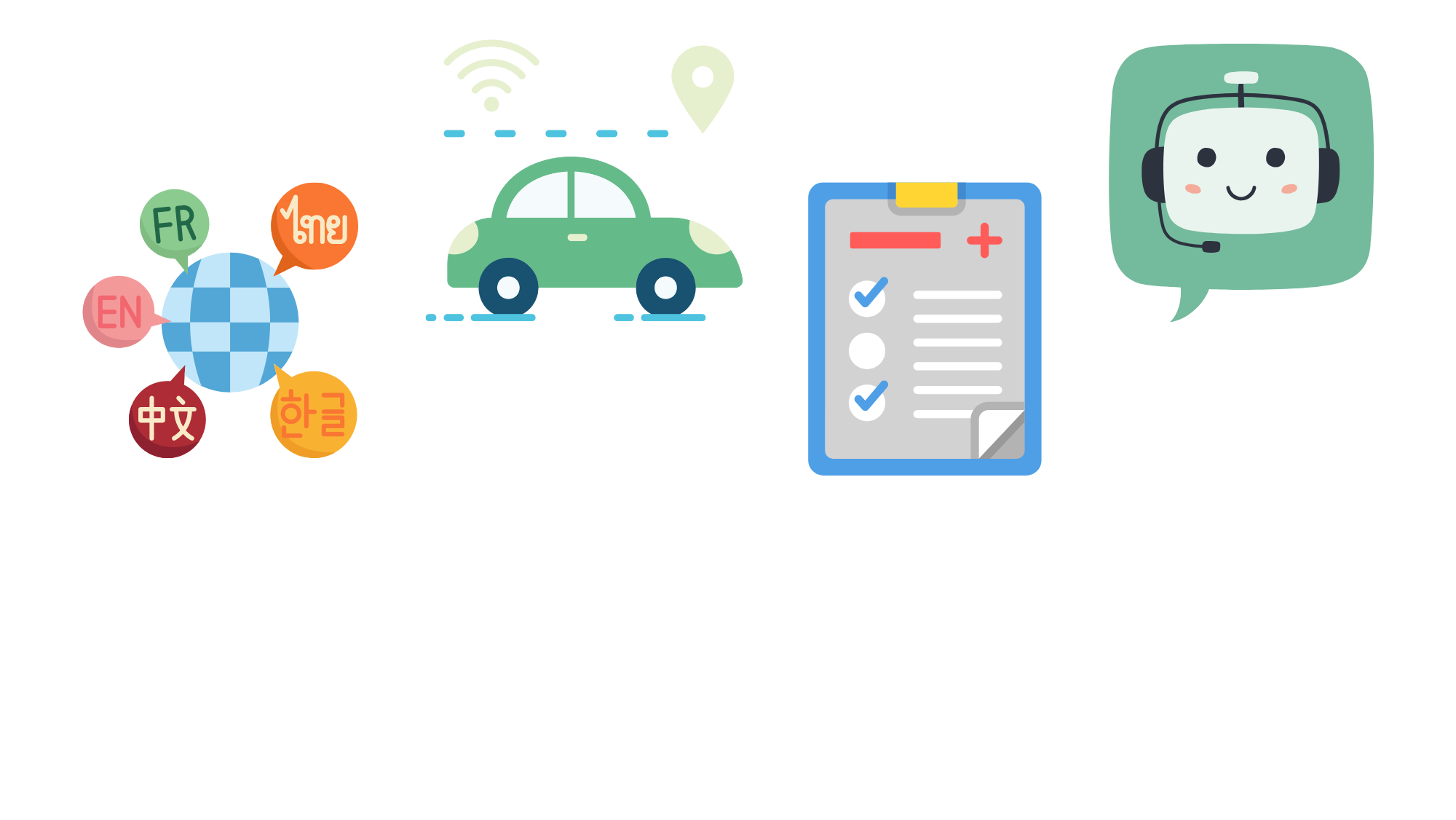
¿Qué es el aprendizaje profundo?
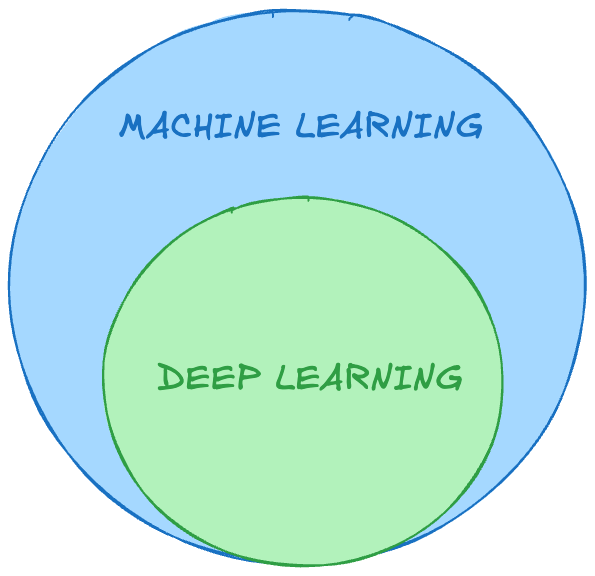
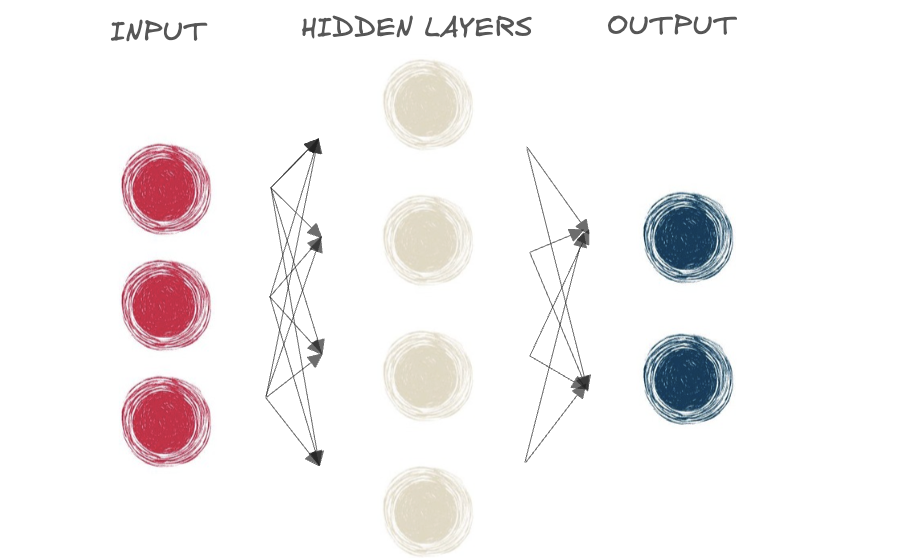
¿Qué es el aprendizaje profundo?

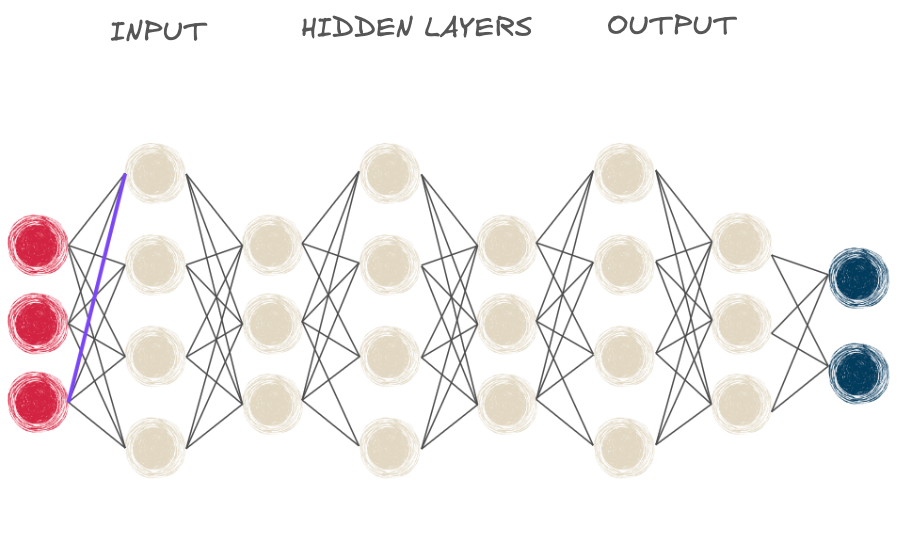
Redes de aprendizaje profundo
$$
- Inspirado en cómo aprende el cerebro humano

Redes de aprendizaje profundo
$$
- Inspirado en cómo aprende el cerebro humano
- Neuronas ➡ Redes neuronales
- Los modelos requieren una gran cantidad de datos
- Al menos 100 000 puntos de datos
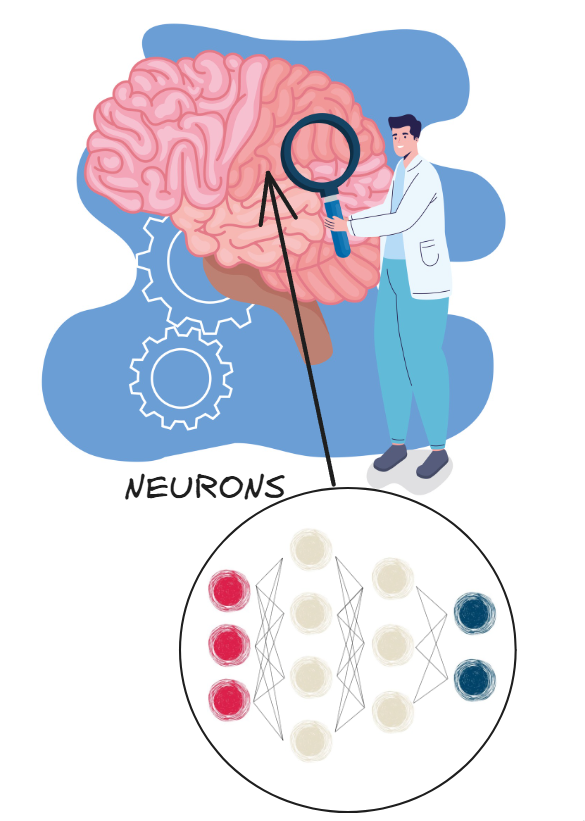
PyTorch: un marco de aprendizaje profundo
$$
$$
- Uno de los marcos más populares
- Originalmente desarrollado por Meta AI, ahora parte de la Fundación Linux
- Intuitivo y fácil de usar
- Similitudes con NumPy

Tensores PyTorch
$$
- Tensor:
- Similar a arreglo o matriz
- Bloques de construcción de las redes neuronales
$$
import torchmy_list = [[1, 2, 3], [4, 5, 6]] tensor = torch.tensor(my_list) print(tensor)
tensor([[1, 2, 3],
[4, 5, 6]])
Atributos del tensor
- Forma del tensor
my_list = [[1, 2, 3], [4, 5, 6]]
tensor = torch.tensor(my_list)
print(tensor.shape)
torch.Size([2, 3])
- Tipo de datos del tensor
print(tensor.dtype)
torch.int64
Introducción a las operaciones con tensores
Formas compatibles
a = torch.tensor([[1, 1],
[2, 2]])
b = torch.tensor([[2, 2],
[3, 3]])
- Suma / resta
print(a + b)
tensor([[3, 3],
[5, 5]])
Formas incompatibles
a = torch.tensor([[1, 1],
[2, 2]])
c = torch.tensor([[2, 2, 4],
[3, 3, 5]])
- Suma / resta
print(a + c)
RuntimeError: The size of tensor a
(2) must match the size of tensor b (3)
at non-singleton dimension 1
Multiplicación por elementos
a = torch.tensor([[1, 1],
[2, 2]])
b = torch.tensor([[2, 2],
[3, 3]])
print(a * b)
tensor([[2, 2],
[6, 6]])
Multiplicación de matrices

Multiplicación de matrices
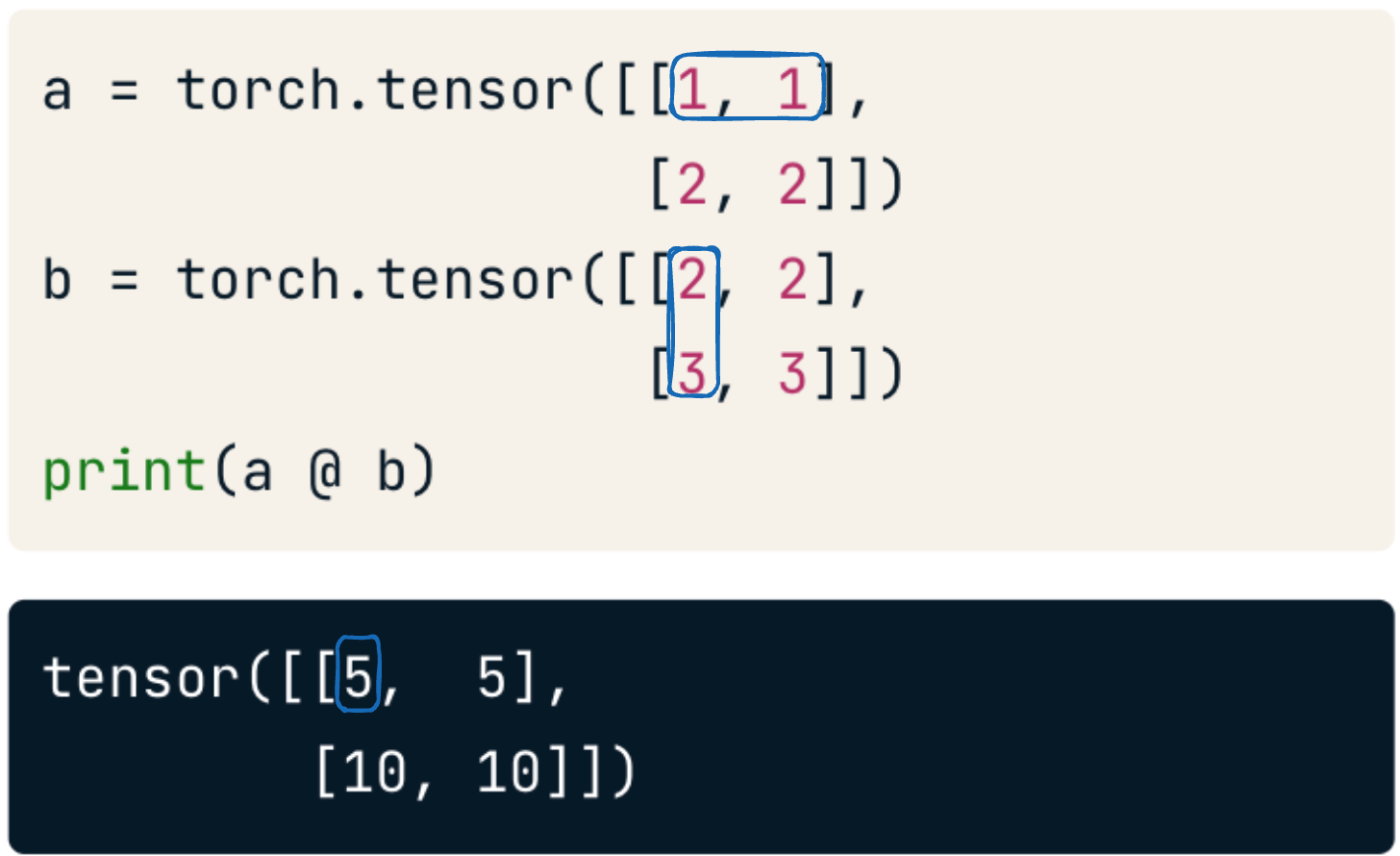
$$
- $1 \cdot 2 + 1 \cdot 3 = 5$
$$
- Realiza sumas y multiplicaciones para procesar datos y aprender patrones
¡Vamos a practicar!
Introducción al aprendizaje profundo con PyTorch

